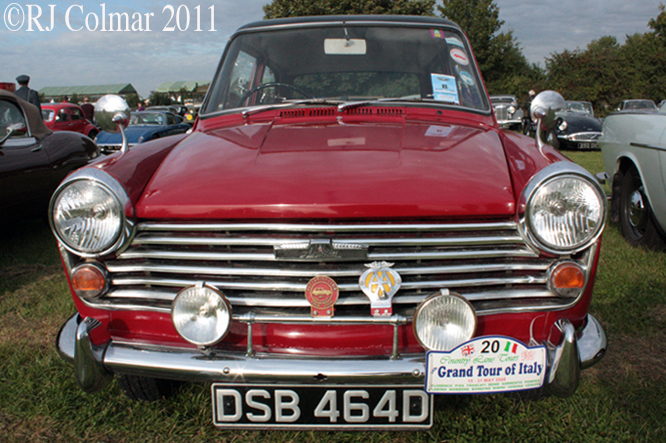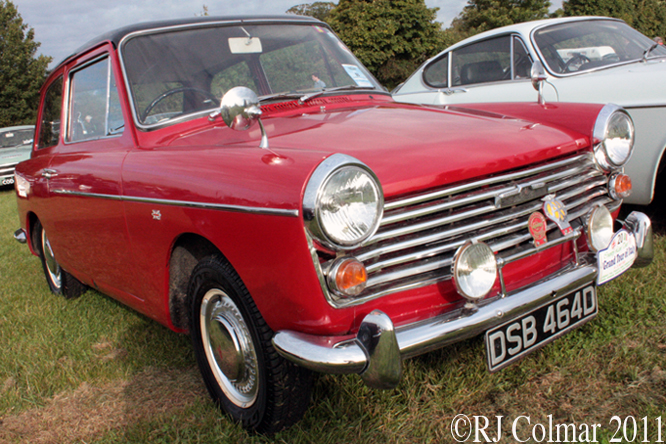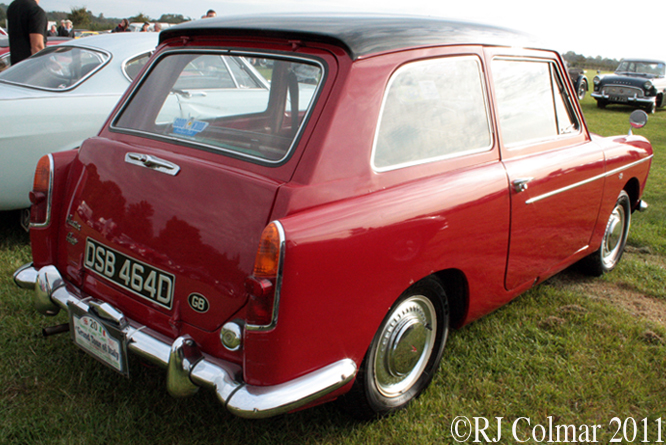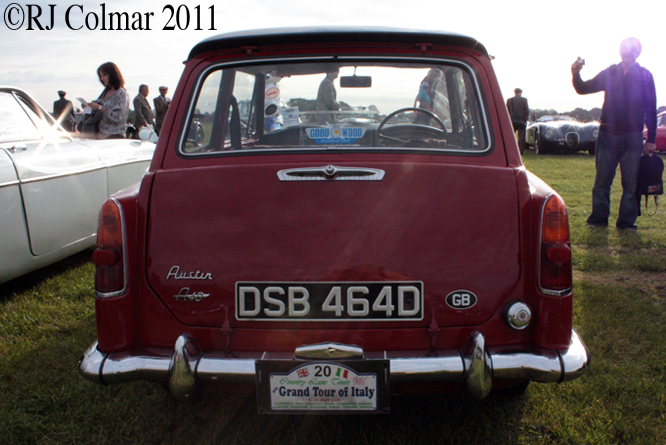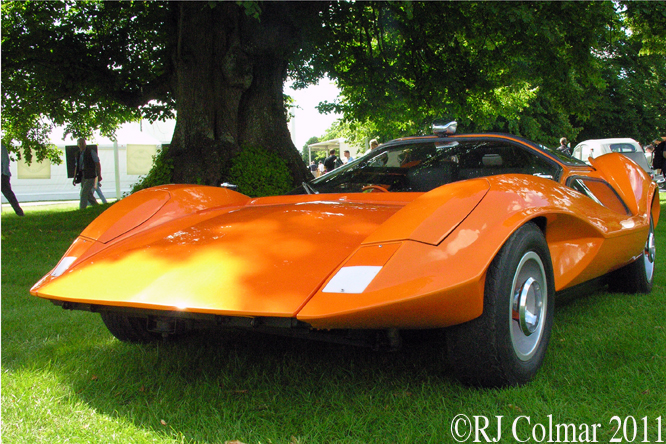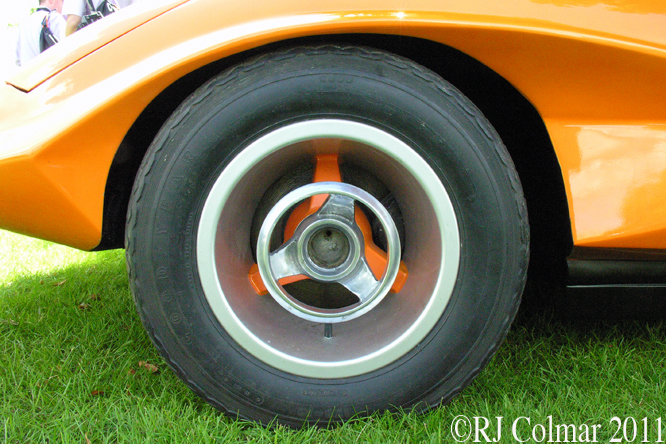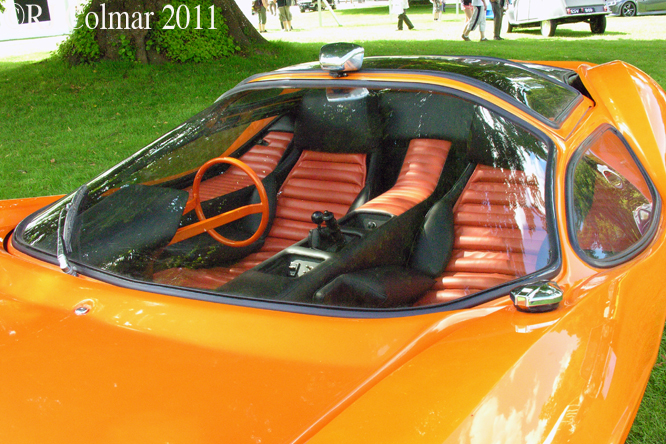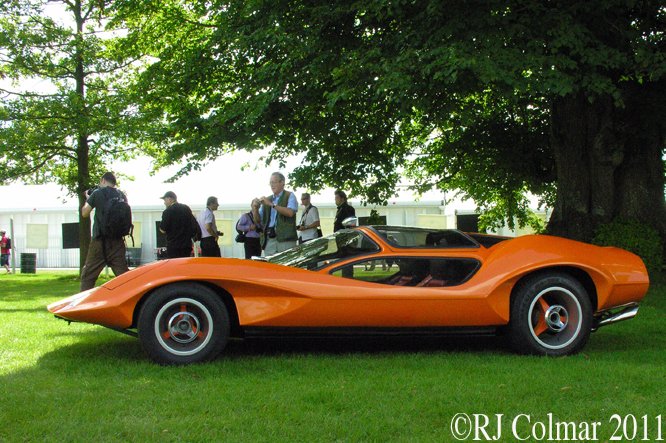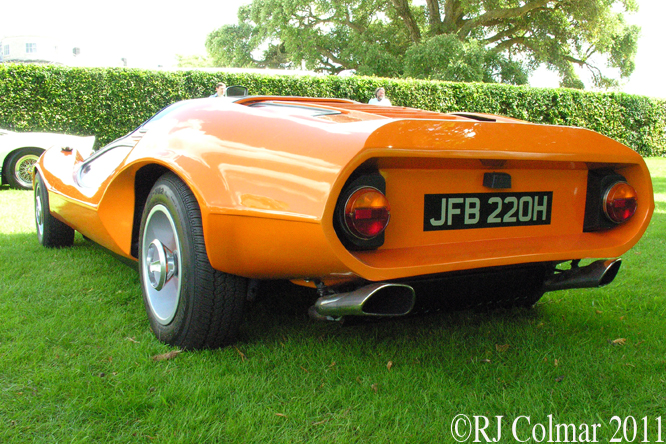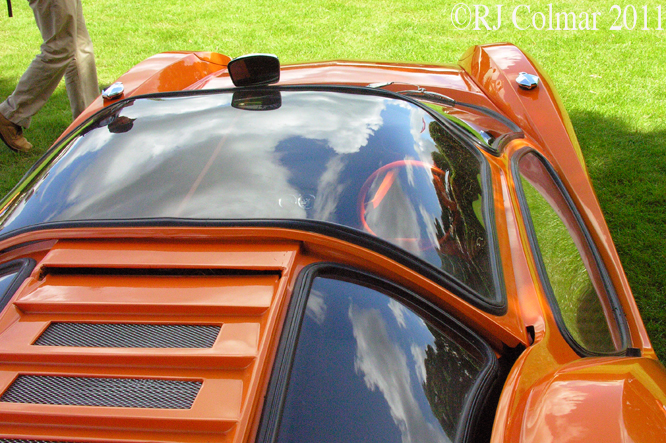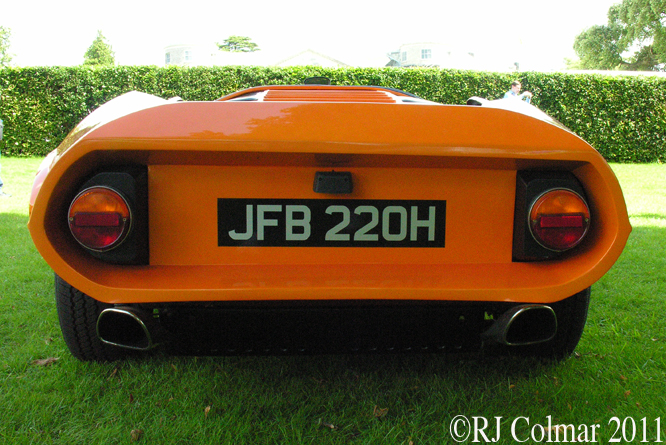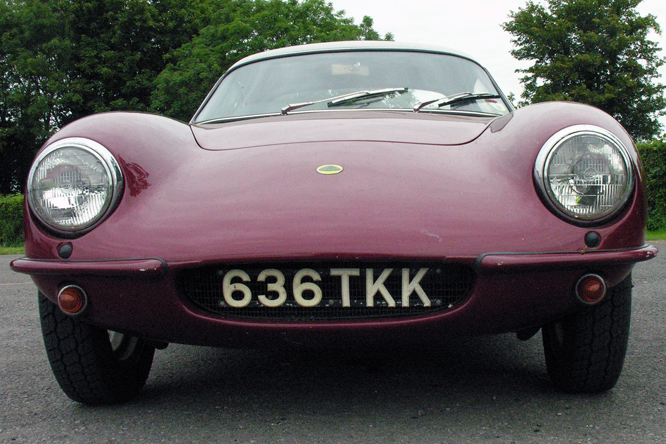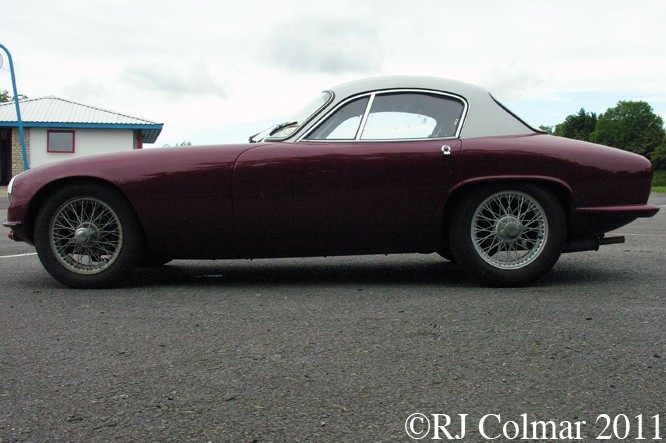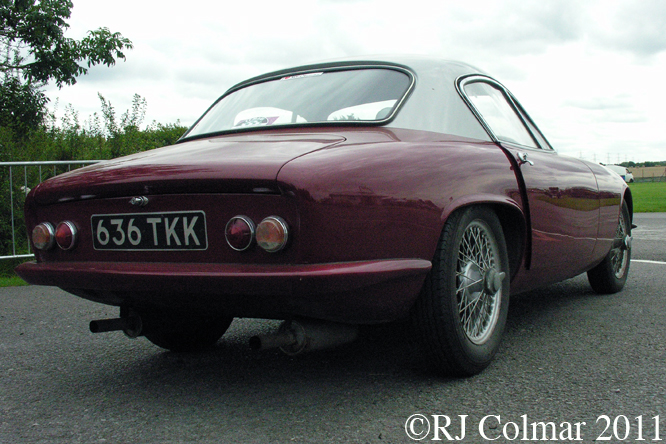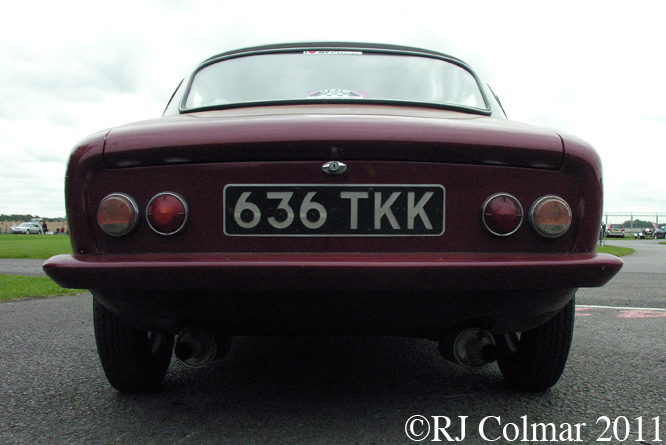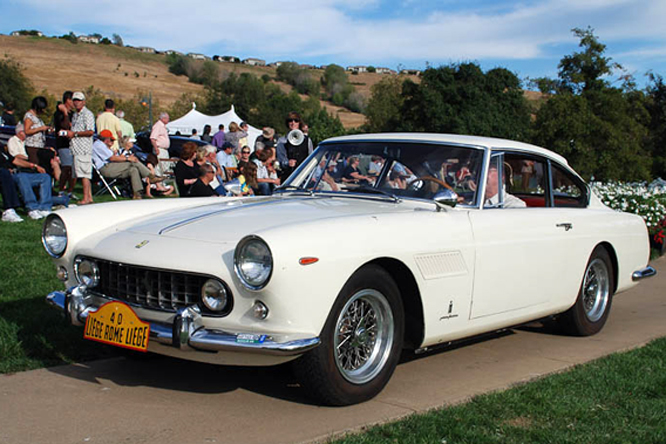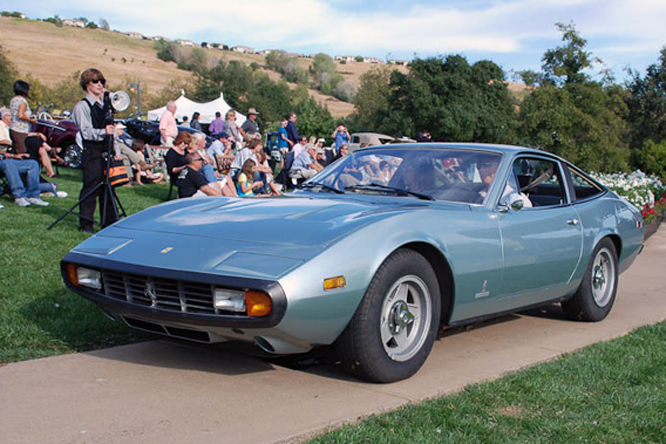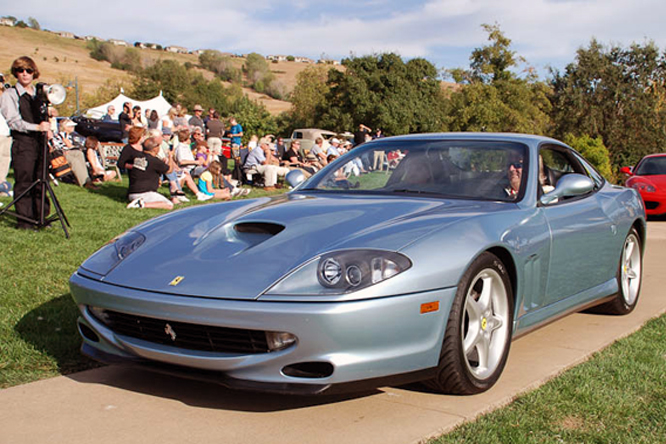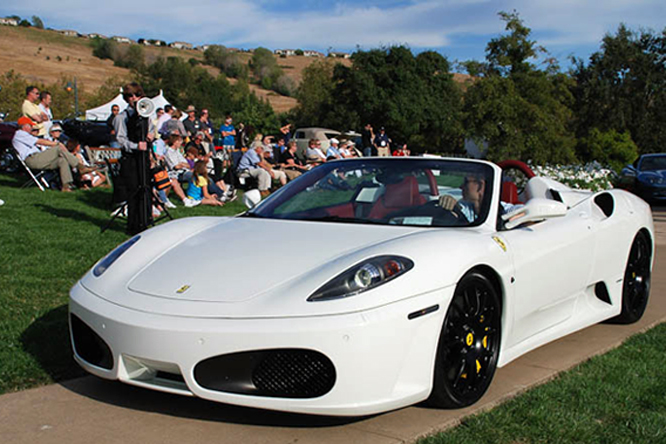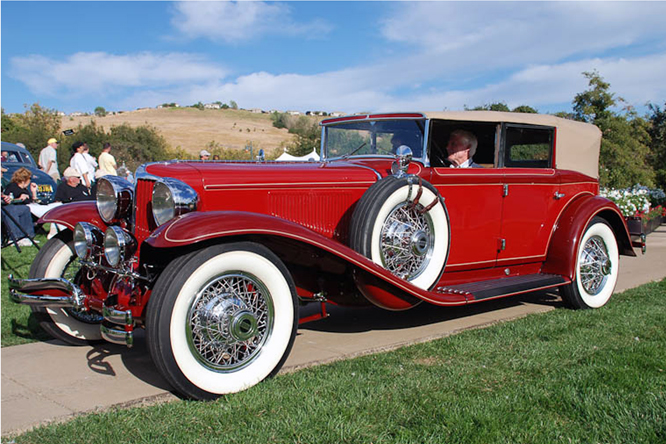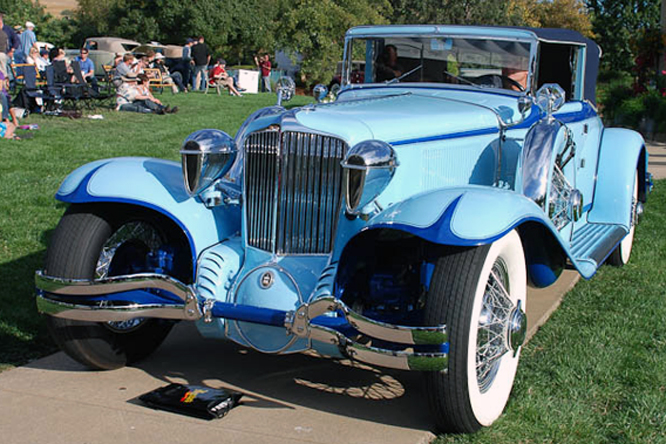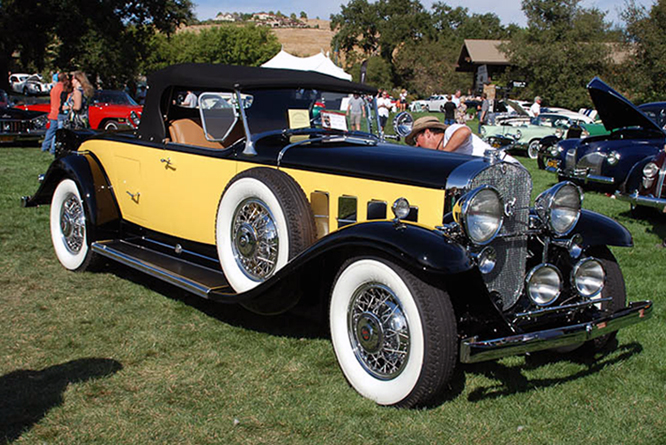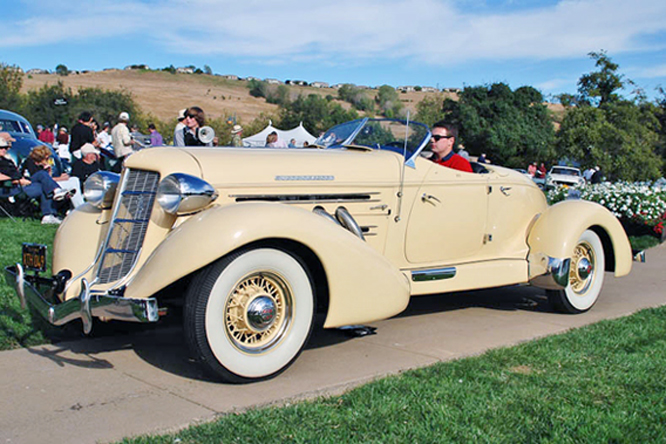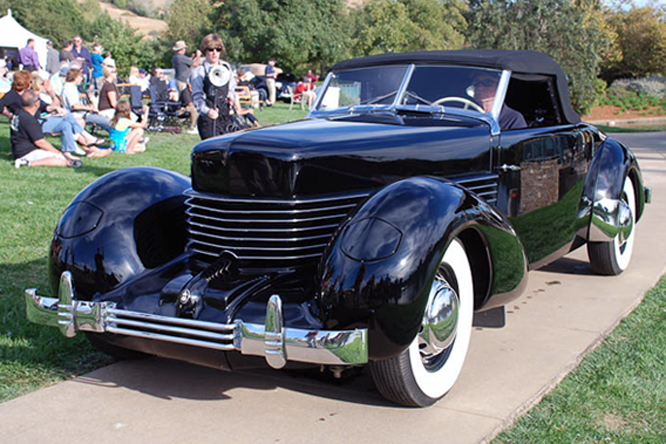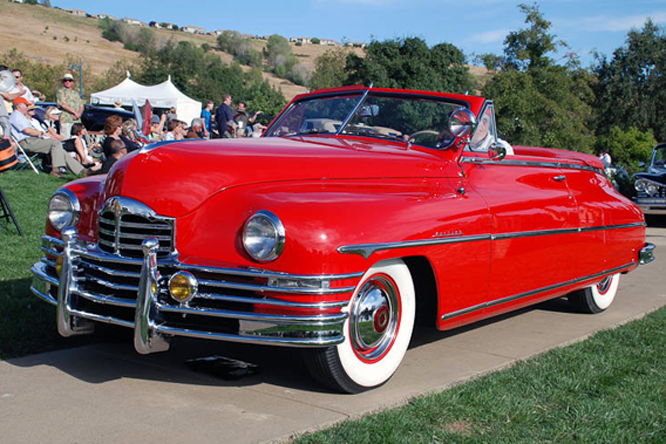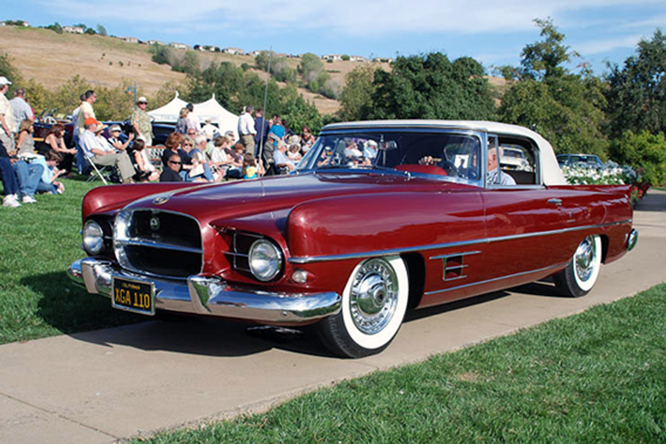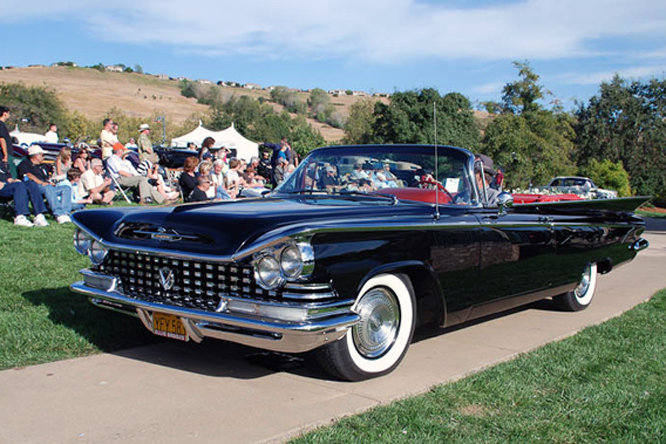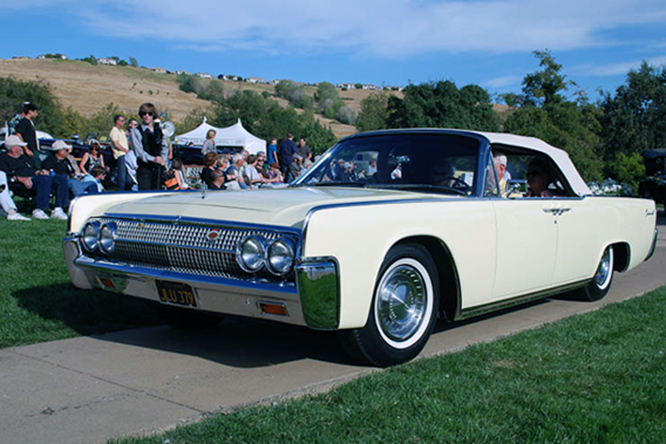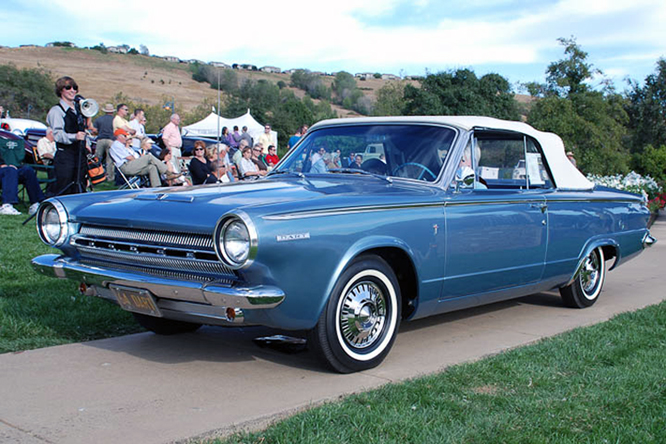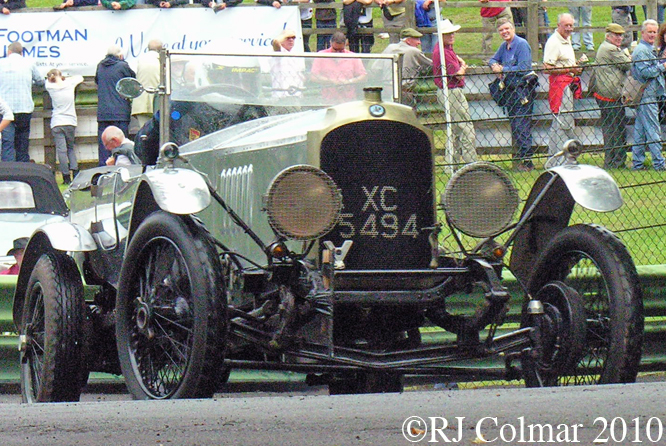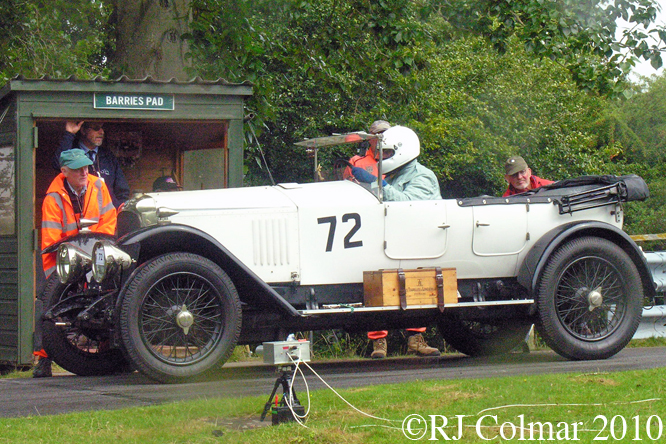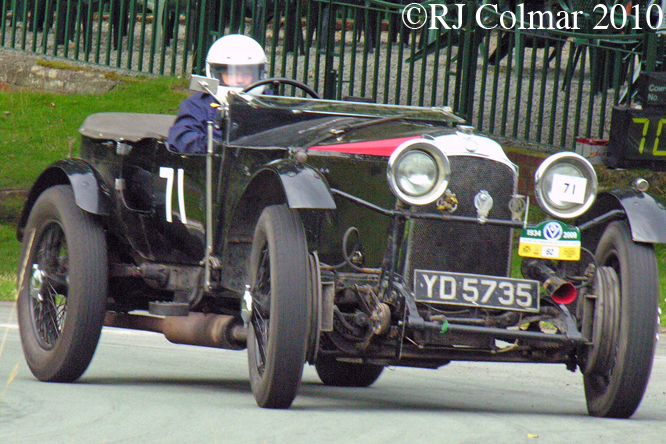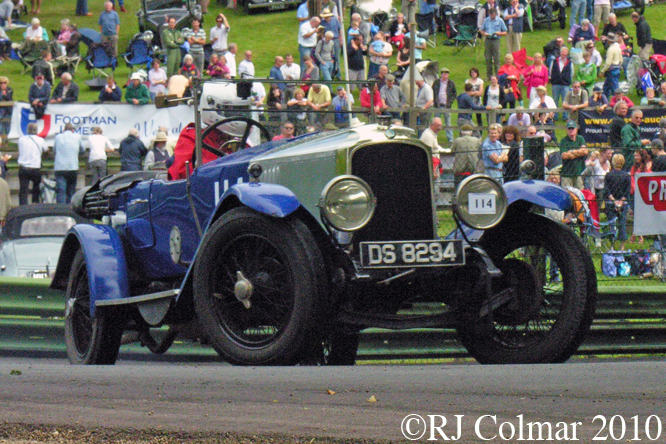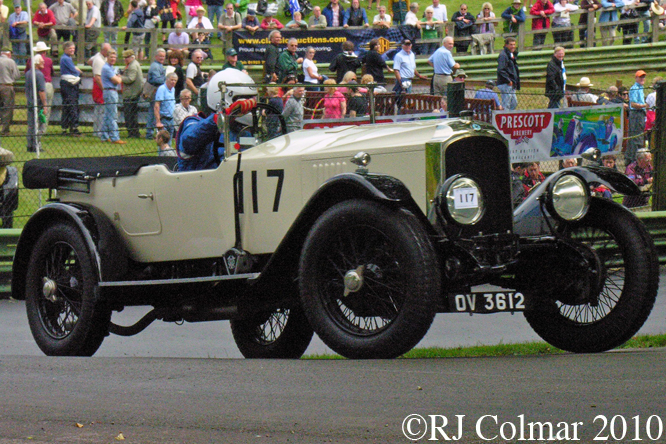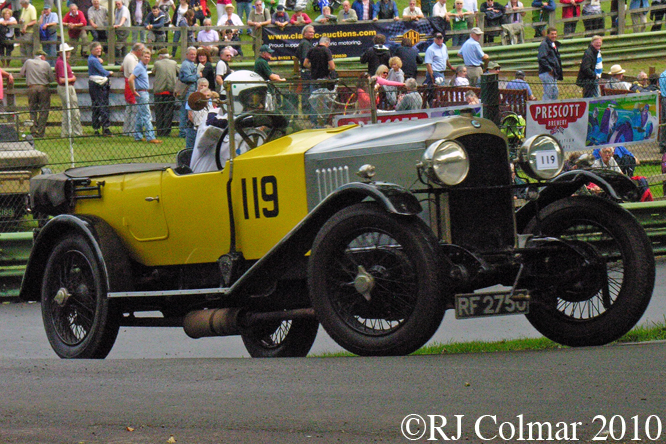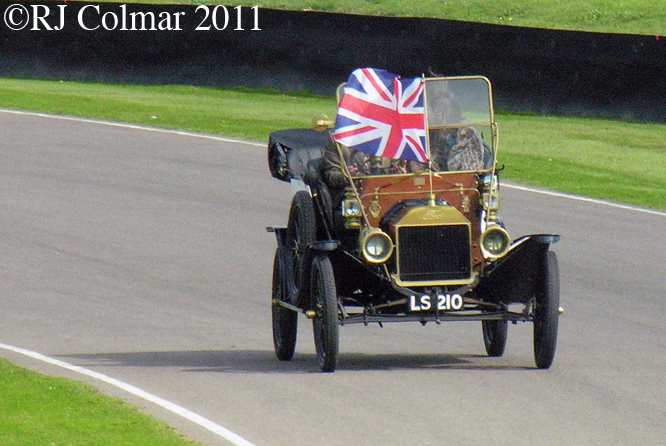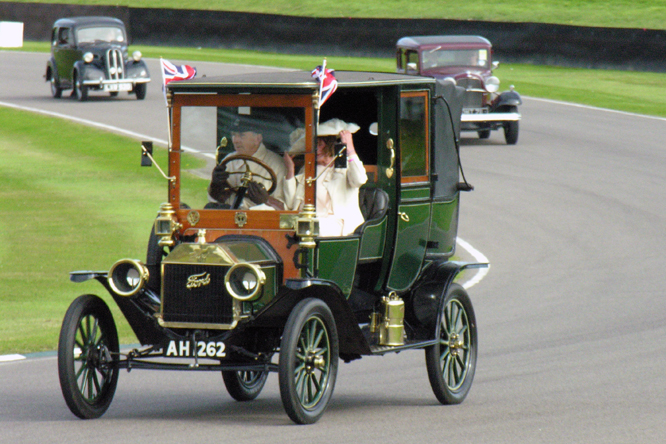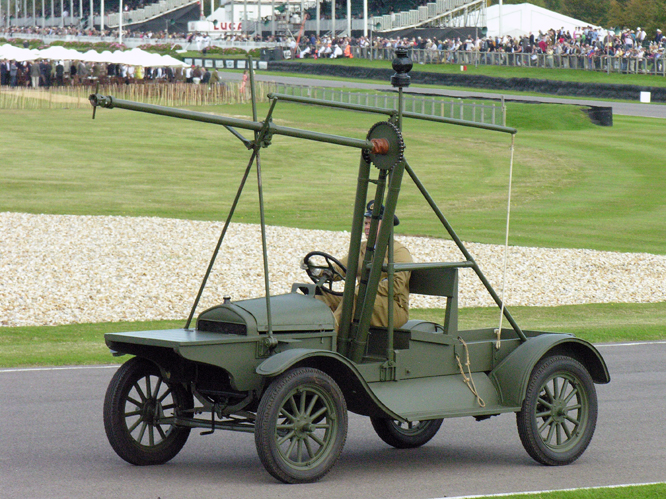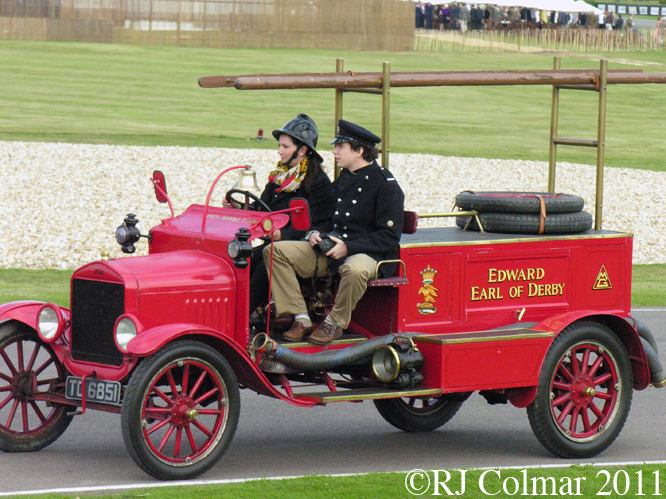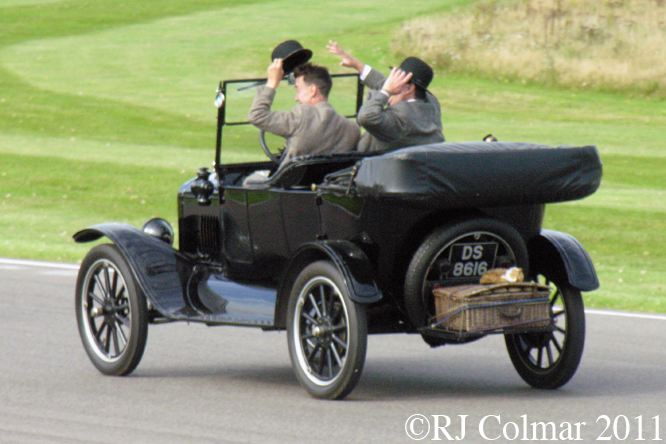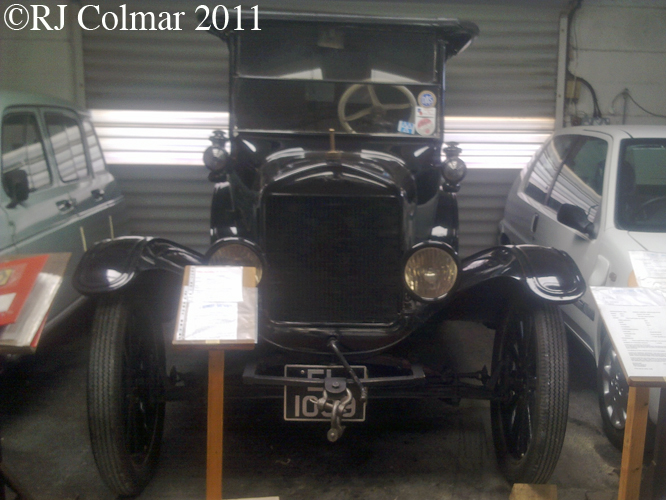For the first official post at the new home of GALPOT I thought it might be appropriate to go back to the birth place of my passion for the automobile and for driving by having a look at an Pinin Farina styled Austin A40 Countryman.
I was 5 years old when my Folks purchased their first car I remember going to the offices of the British Motor Corporation in Nicosia, Cyprus and looking through seemingly countless brochures full of illustrations of two tone motor cars when we went to order it. The car Dad ordered was grey with a white roof his thinking being that the colours would reflect the fierce Mediterranean sunlight and help keep the interior of the car just a little cooler. The car came with red vinyl seats and red carpets.
I’ll never forget my excitement when Dad pulled into our grapevine dappled drive for the first time with our shiny new car registered CE 270, we spent what seemed like hours pouring over the details I mistook the shiny chrome heater control panel for a radio and learned where to find the spark plugs, distributor, the spare wheel and jacking tools. Seems incredible to think now that our Austin hatchback was not supplied with any seat belts, though it was not long after we got it that Dad had some fitted to the front seats.
Over the ensuing two years we explored the ancient history of Cyprus from north to south and east to west, but best of all most Sundays of the summer we loaded up a picnic, home made awning, swimming goggles, flippers, buckets and spades and then headed to Mckenzie Beach, just outside Larnaca, where all our neighbours and my school friends would be. That beach is particularly important to me because one Sunday Dad invited me to sit on his lap in the drivers seat and steer the car. My first lesson being that you could drive it straight and true without any input to the steering wheel at all.
Without any navigation skills most of the time I spent in the car was naturally on the back seat, in fact I probably spent as much time sitting astride the transmission tunnel where, although exterior view was limited, I used to pretend I was riding a motor bike ! In 1966 when Dad got posted back to the UK our little grey A40 Countryman was loaded onto a ship and we headed for Istanbul and then Athens where the car was unloaded. From Athens we started our first road trip driving over 2,500 miles through Greece, Bulgaria, Romania, Hungry, Austria, Czechoslovakia, Germany, The Netherlands, Belgium and a bit of France on our way to London.
The last time I saw our A40 Countryman, called Daisy, now with the UK registration DHM 44D was 3 years after we sold it, the hours of fun we had on the beach were telling in the large areas of bubbled paintwork under which rust seeded by the Mediterranean sea had obviously terminally taken hold of the bodywork on our now eight year old A40 Countryman.
Thanks for joining me on this ‘Straight And True’ edition of ‘Getting’ a li’l psycho on tyres’ I hope you will join me again tomorrow. Don’t forget to come back now !

